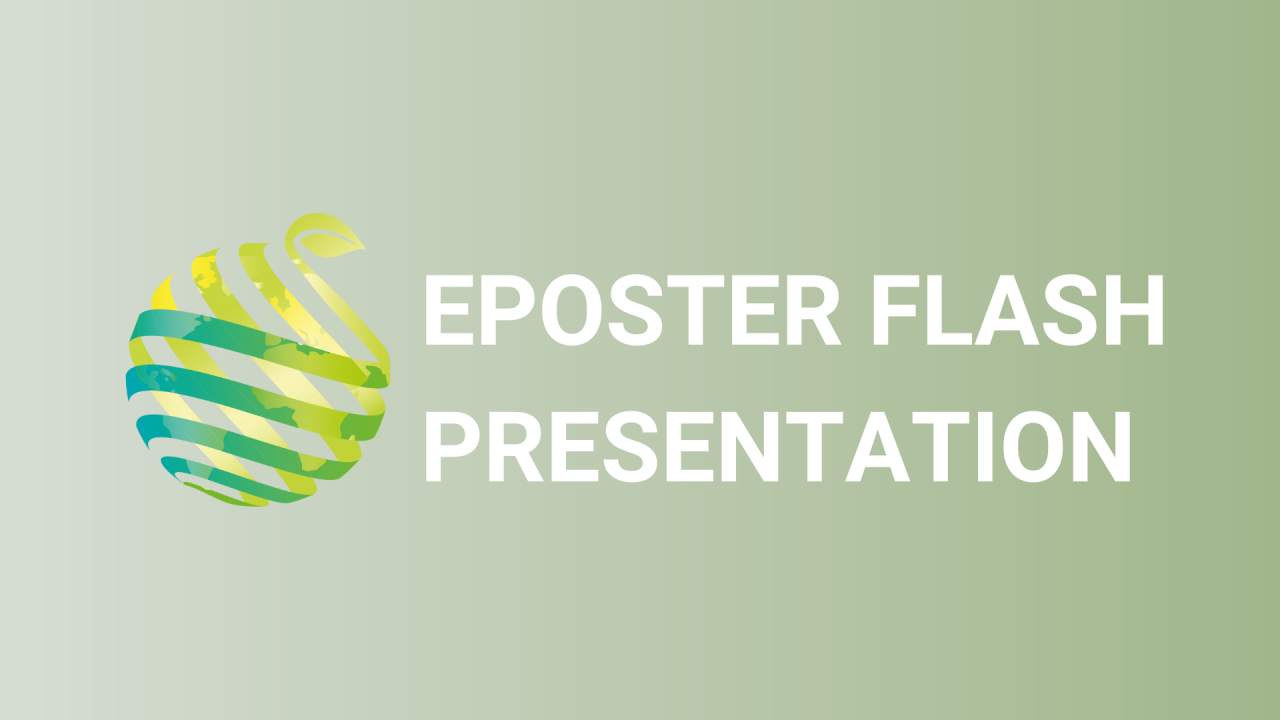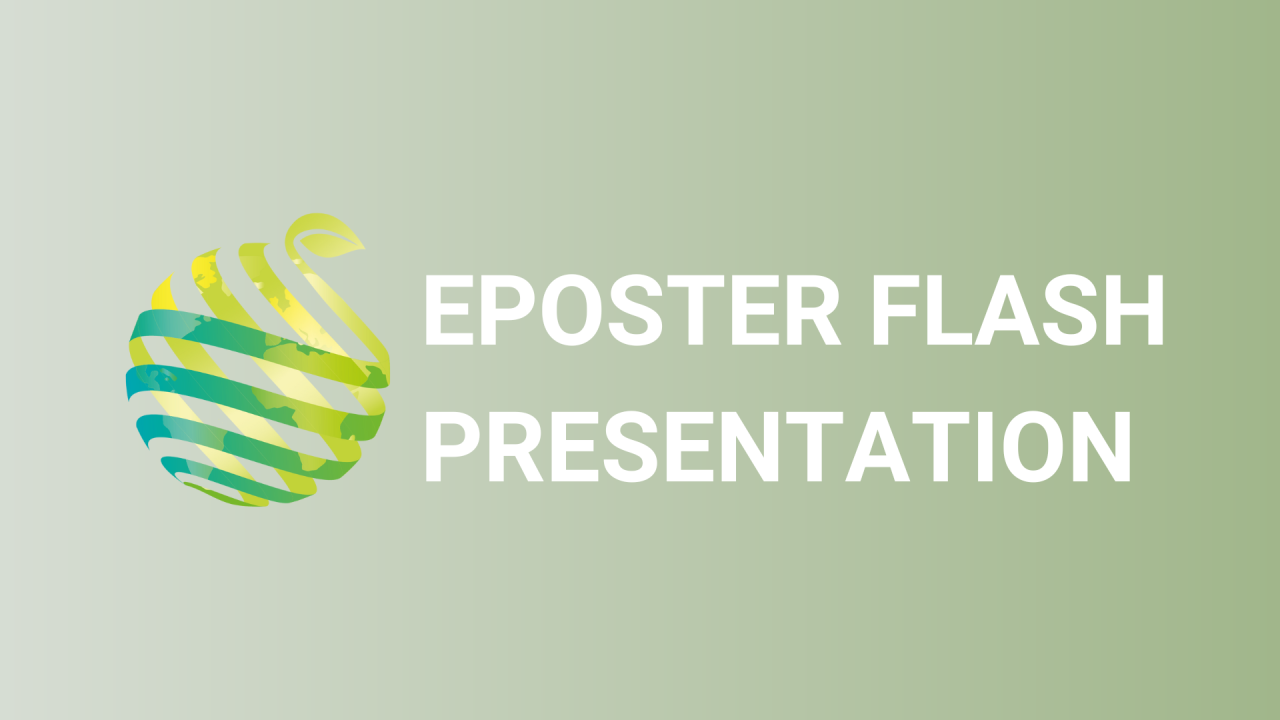

S15 - Session P2 - Potential of agroforestry systems as sustainable alternatives in Yurimaguas (Peru)
Information
Authors: Liliana Aragón *, Heidi Huarhua, Mildrek Cerna, Juan Flores, Alexis Dueñas, Paquita Lao, Reynaldo Solis, Andres Casas, Julio Alegre
Agriculture within Peru's economy contributes on average in 5 % of the gross domestic product and employs directly or indirectly 30 % of the economically active population, developing in a great diversity of agro-ecological ecosystems ranging from the hyper-arid zone in the coastal area to the per-humid zone in the Amazon basin. The Amazon basin zone occupies at least one million hectares and is responsible for 35 % of the water use (consumptive and non-consumptive consumption), involving an agrobiodiversity of more than a hundred species, both native and introduced. Within the agricultural context there was a development of an innovative management of agroforestry systems (AFS) that is still in process of adoption, scaling-up and in demonstrating the sustainability of silvopastoral and agroforestry prototypes. The research was carried out in a total of 11 communities at the Yurimaguas District (Alto Amazonas Province, Loreto Region, Peru) with a non-probabilistic sample of 18 farmers that were interviewed with a questionnaire organized in 13 sections with 147 variables. The statistical methods were a numerical data summary (NDS), exploratory data analysis (EDA) and multivariate techniques, with factor analysis and cluster analysis. The main results described a complex strategy of conformation of agroforestry systems (SAF) based on forest implementation and conservation. It was also established that housing conditions, services availability, among others, were diverse changing not only from one farm community to another, but also from grower to grower. Two indices were estimated, one on food security and another on perception or subjective well-being, which allow farmers to be classified in terms of medium to high well-being, with indices ranging between 0.57 to 1. Similar situation was appreciated in the case of food safety. Finally, the factor analysis was satisfactory according to the KMO statistics and Bartlet sphericity, and it was possible to explain 64.428 % of the variance with three dimensions, allowing farmers to be identified according to the social, economic and environmental sustainability indices.